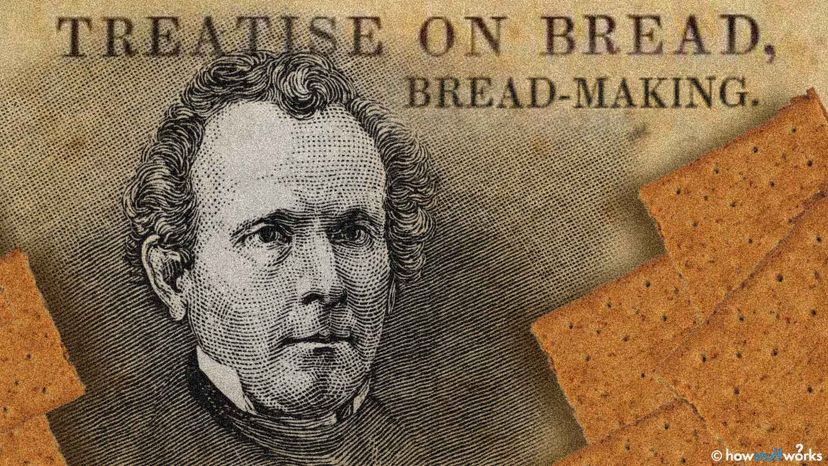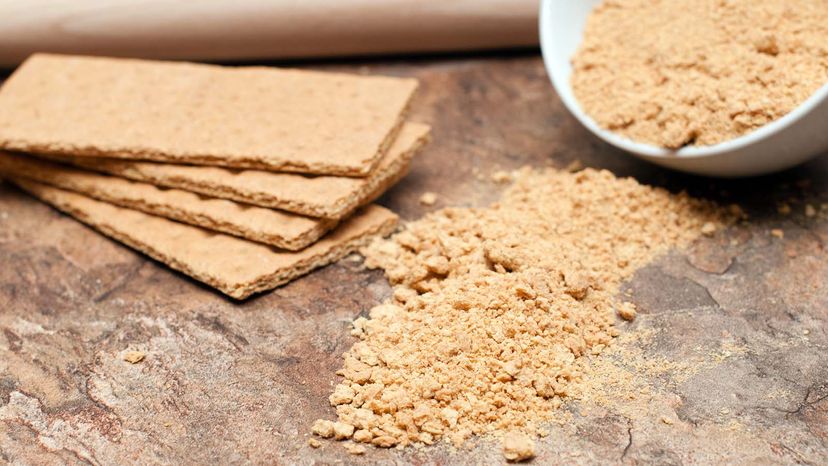
Let's face it: One of the best things about making a campfire is making s'mores — the quintessentially American treat consisting of toasted marshmallows and a square of melted chocolate pressed between two crisp graham crackers. But have you ever wondered why graham crackers were invented or where the name graham crackers came from?
It turns out graham crackers were a health food developed in the 1830s from the teachings of an American food reformer and religious teacher Reverend Sylvester Graham who, by all accounts, would be appalled by what passes for a graham cracker today.
Advertisement
"The closest remnant [to the original graham cracker] that exists today is probably the pilot cracker or hardtack," says New York-based food historian Sarah Wassberg Johnson. "That was the type of cracker that was commercially produced and available at the grocer or general store."
In other words, the original graham crackers bore little resemblance to the graham cracker we enjoy today that's typically made with refined flour, high fructose corn syrup and a dab of honey for marketing purposes. Instead, the original graham cracker called for ingredients including "graham flour," a form of coarsely ground wheat made by grinding the endosperm of winter wheat into a fine powder and mixing it with the bran and grain. It has a coarse texture, nutty flavor and is not gluten-free.
"It's funny that of all the things that he talks about with his health reform, that's the one thing that gets widely adopted and has his name," Johnson says. "[Graham flour] gets adopted by people who may not even be aware of him even toward the end of the 19th century and persists into some of the 20th century. You hear about graham gems and graham bread in cookbooks up to the 1940s and 1950s."
Advertisement


